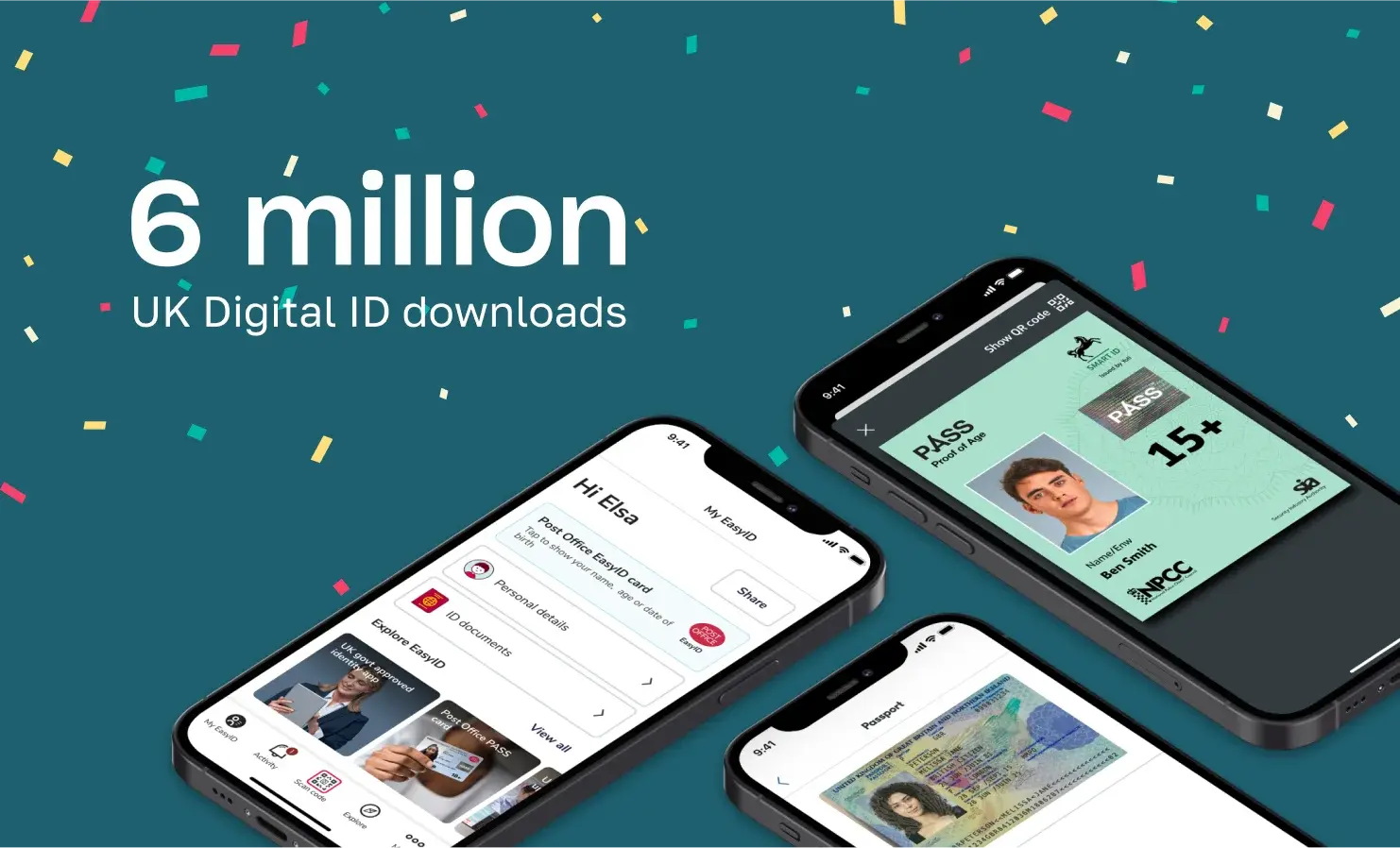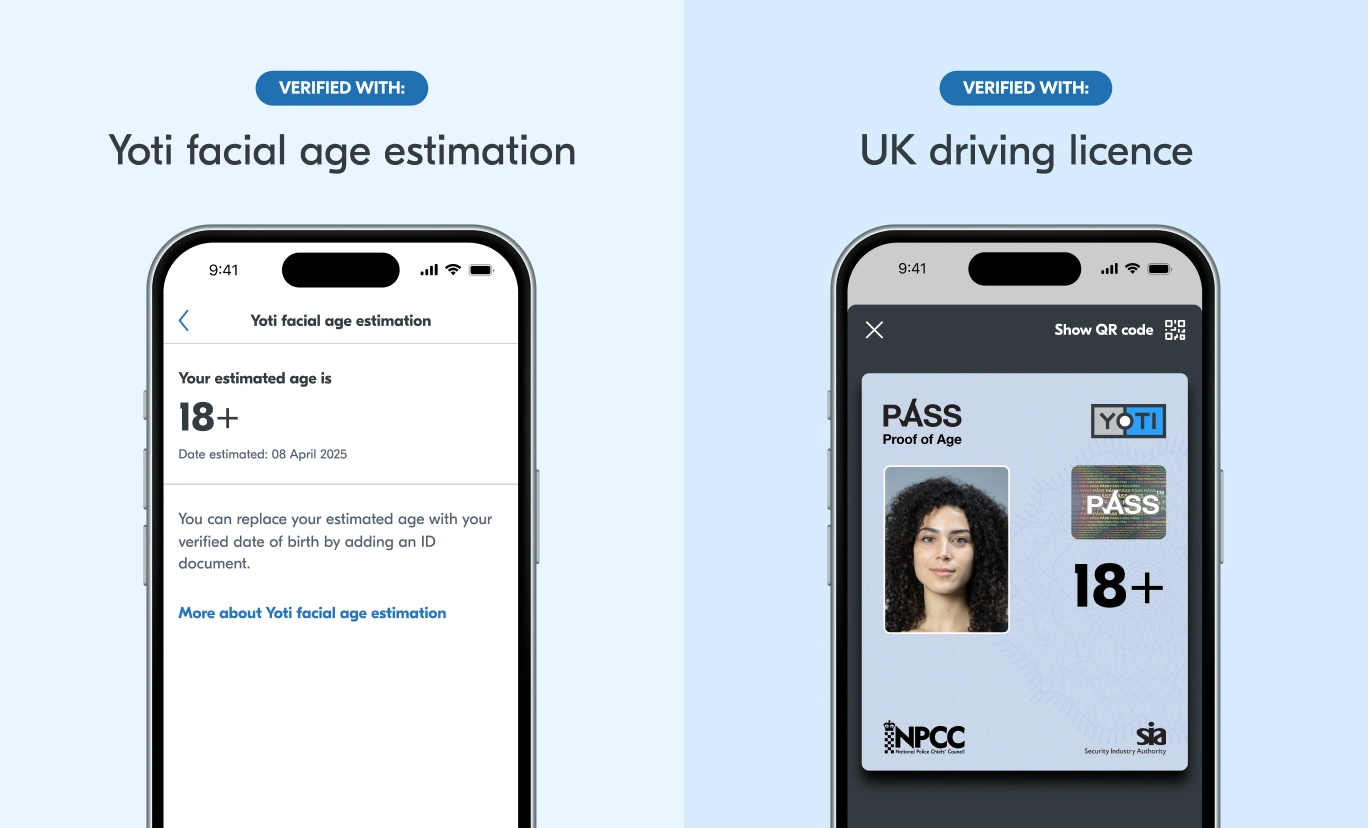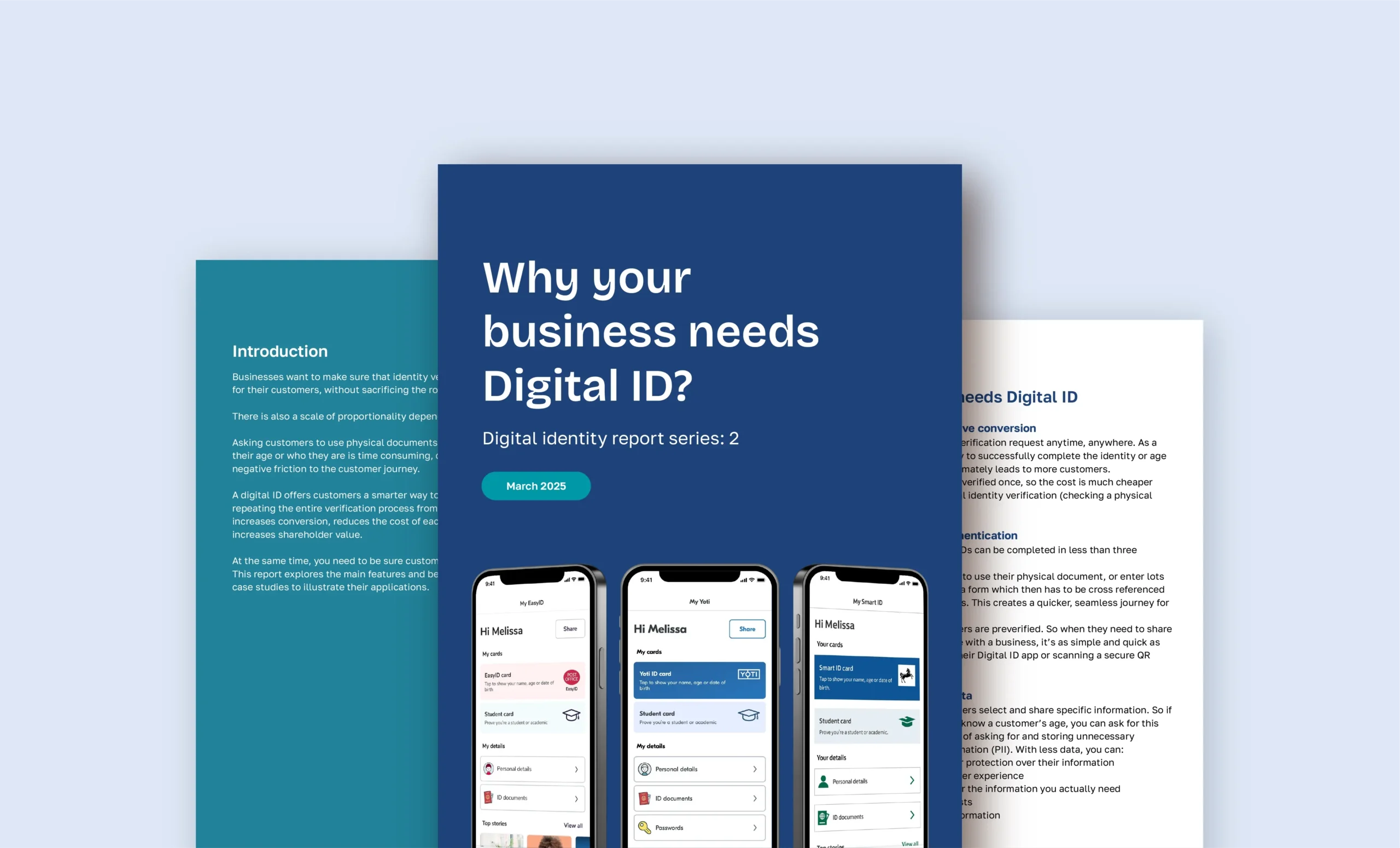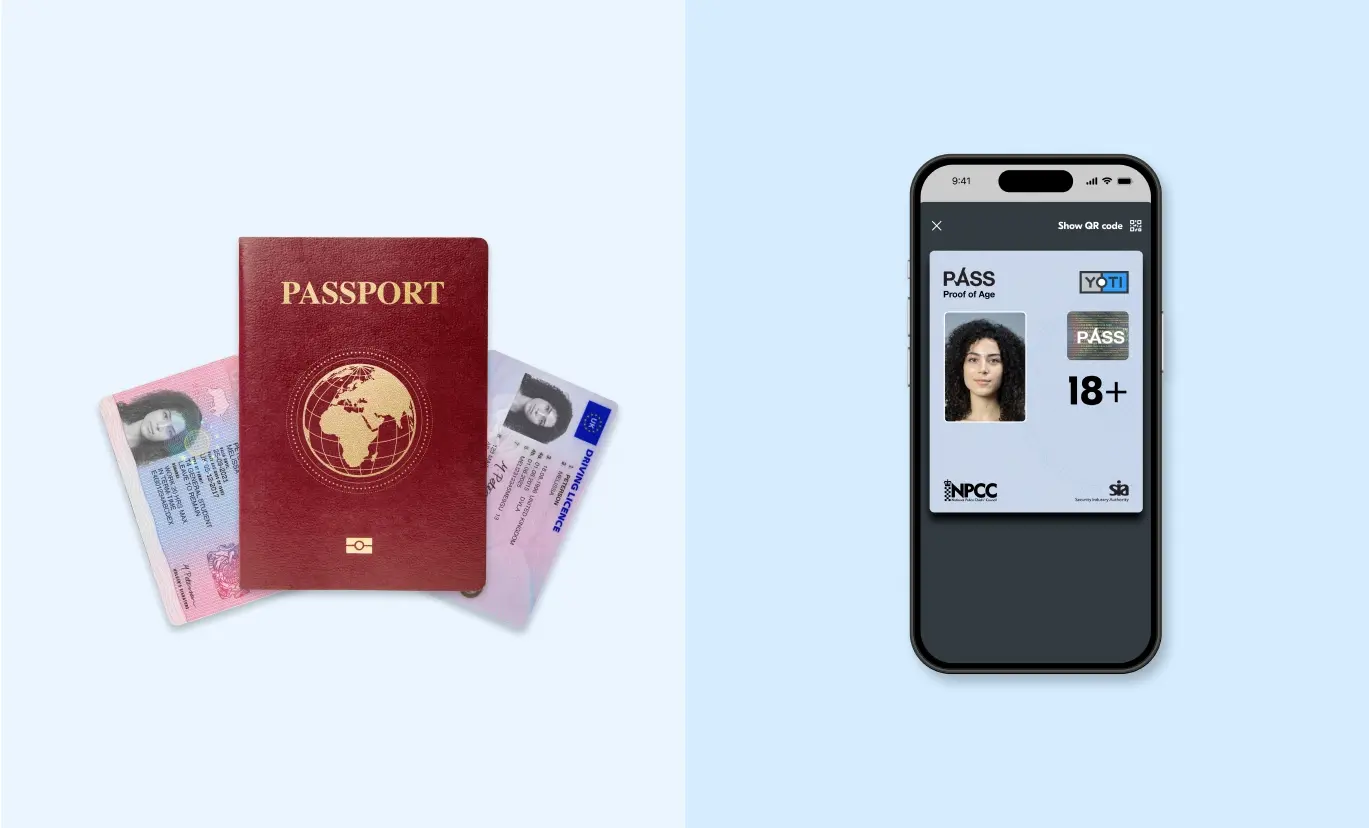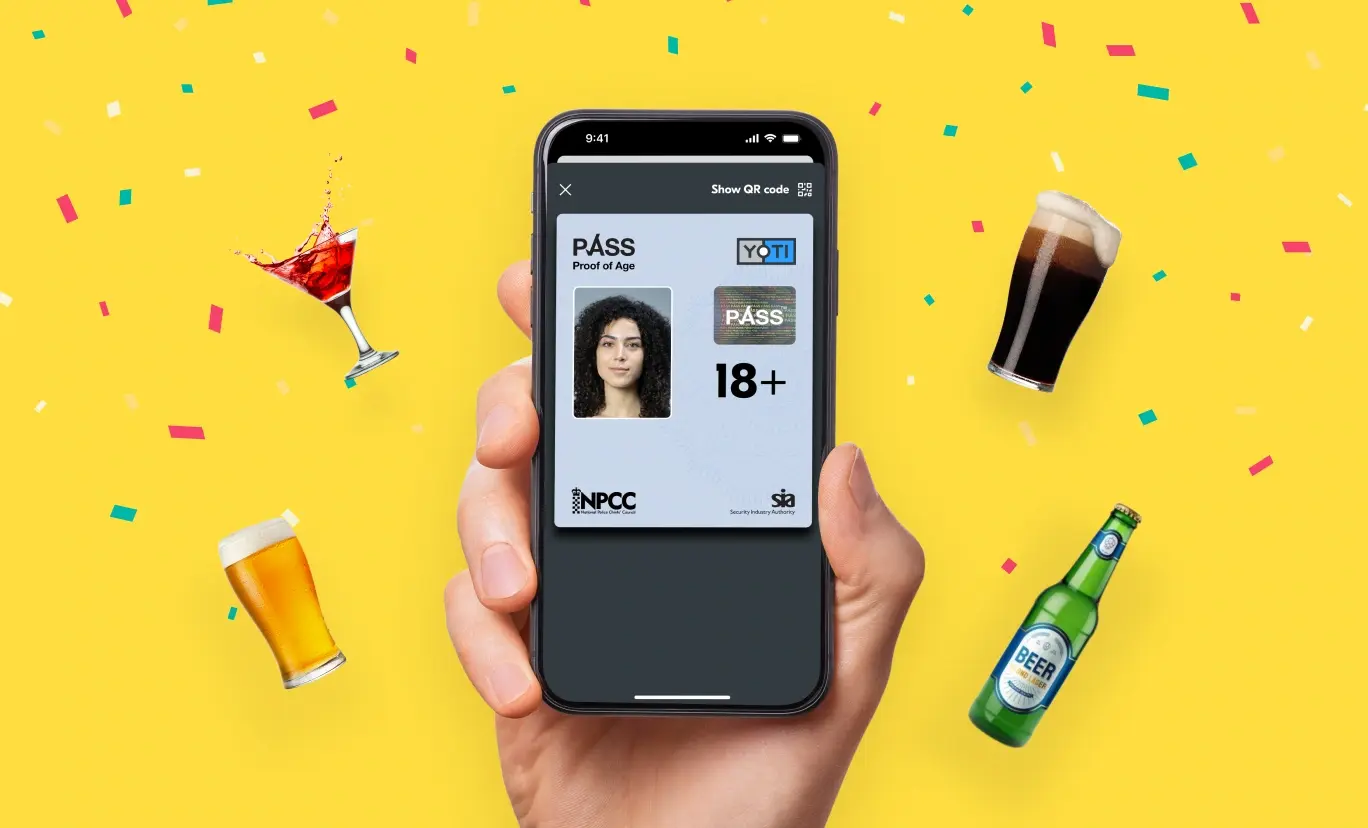Digital ID
Over 6 million UK Digital ID downloads
We’re excited to share that our Digital ID apps have now been downloaded over six million times in the UK! 🎉 A huge thank you to everyone who has chosen one of our Digital ID apps – Yoti ID, Post Office EasyID and Lloyds Bank Smart ID. Whether you’re proving your age or identity, swapping verified details with others, or taking more control over your personal data, our Digital IDs are helping millions of people prove who they are. Privacy-preserving age checks You will probably notice that you’re being asked to prove your age more often online. This
Understanding the UK’s new Data Act
The Data (Use and Access) Act, now known more simply as the “Data Act”, is a landmark piece of UK legislation that aims to reshape how individuals and businesses interact with digital data. It introduces provisions for a national digital identity trust framework, helping to foster trust in digital identities by ensuring that businesses adhere to strict standards during digital transactions. This blog gives an overview of the Data Act and what this means for digital identities in the UK. Why has the Government introduced the Data Act? The Government has said that the Act will “unlock the
Age estimations in our Digital ID app
Digital ID users can have their age estimated in the app, and then anonymously share the age result. This gives them a secure, private and easy way to pass age checks. – With lots of legislation being introduced to improve online safety, including the UK Online Safety Act and the EU Digital Services Act, more businesses are looking at how to verify the age of users. People should have a choice in how they prove their age, so they can choose the method that works best for them. They might use their identity document, complete a facial age estimation
Yoti Digital Identity Report 2 – Why your business needs Digital ID
Our second Digital ID report focuses on the value of Digital ID to businesses. This year is shaping up to be a transformational one in terms of how people verify their identity, with Digital ID at the core of how technology can improve the verification process, user experience and reduce fraud. We address how to introduce Digital ID into your onboarding processes as well as the future of Digital ID wallets. Download our report below. Our first Digital ID report can be found here. Download
Physical IDs vs. Digital IDs: What are the key differences?
Key differences between physical IDs and digital IDs include: Format of the ID Ability to protect personal data (through minimising the data shared) When the ID can be used Differing use cases Who issues the ID Security features and vulnerabilities Regulatory and legal acceptance Last year, multiple countries made big strides towards accepting digital IDs. Recognising that we live in an increasingly online world, and that fewer people are carrying wallets, more businesses, governments and organisations are choosing to accept digital IDs as a form of identification. Digital IDs and physical IDs serve the same fundamental
Digital IDs soon to be accepted as proof of age for buying alcohol
It’s the news we’ve been waiting for. People will soon be able to use digital IDs to prove their age when buying alcohol. The Government has shared an update, confirming the change will come in next year. Digital IDs will give people an easier, safer and more secure way to prove their age when buying alcohol in high street pubs, supermarkets, convenience stores, nightclubs, pubs and bars. This is a significant step forward and demonstrates the growing importance and demand for reusable Digital IDs. In the UK, over five million people have already downloaded our Digital ID apps. These

